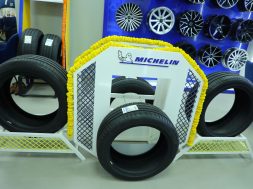Cement industry can reduce its carbon emissions by nearly half by 2050: Study
India’s fast-growing cement industry can reduce its carbon emissions by nearly half by the middle of the century, according to a technology roadmap issued today by the International Energy Agency (IEA) and the World Business Council for Sustainable Development (WBCSD). The roadmap development was spearheaded by the three co-chair companies, ACC, Shree Cement and UltraTech, who committed extensive resources and expertise from across their companies to lead the project.
Faced with massive infrastructure and housing requirements, India is the world‘s fastest growing cement market – and will likely remain in that position for the foreseeable future. The new report, ‘Technology roadmap: low-carbon technology for the Indian cement industry,’ outlines a way for the Indian cement industry to reduce its CO2 emissions in 2050 by at least 210 MtCO2 compared to a business-as-usual scenario. The savings roughly equal the total CO2 emissions of Thailand in 2009. This transition will also have energy benefits, reducing energy consumption by at least 275 petajoules – which is as much as the current industry energy consumption of Singapore or Norway or Philippines.
The Indian cement industry is one of the most efficient in the world and has made strong efforts to reduce its carbon footprint. Yet, opportunities for improvements still exist. The milestones set out in this roadmap would enhance the country‘s energy security by limiting the growth in energy consumption, and would further reduce the direct CO2 emissions intensity by about 45% from current levels by 2050.
8
Cookie Consent
We use cookies to personalize your experience. By continuing to visit this website you agree to our Terms & Conditions, Privacy Policy and Cookie Policy.





